Ant Species In Humboldt County
Carpenter Ants
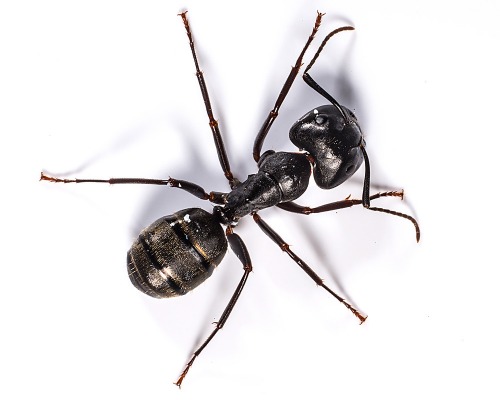
Carpenter ants are the most popular ant species found in our region of Northern California. They range in size between 1/4 to 3/8 of an inch. They are often black or dark brown in color, although some may be lighter and may also have a red thorax. The thorax of the carpenter ant is distinctly rounded, without indentation and having only one node between the abdomen and the thorax.
The most distinct habitat for carpenter ants is that they nest within wood. They will excavate galleries in wood, leaving course saw dust near the nest openings. The sawdust is often mixed with insect fragments. Unlike termites, carpenter ants do not eat wood. Instead, they scavenge on dead insects, insect honeydew, and other materials.
Odorous House Ants
Odorous house ants are usually a dark red, brown or black color. They are roughly 1/8 of an inch long and have one node that is hidden by the abdomen.
Odorous house ants have a unpleasant, almost rotten, coconut-like odor when crushed. They nest in mulch beds, logs, debris voids and in soil under rocks. They feed on honeydew in the wild and prefer sweet foods in homes.
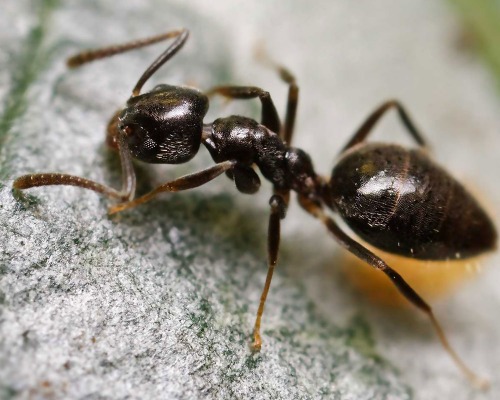
Pavement Ants
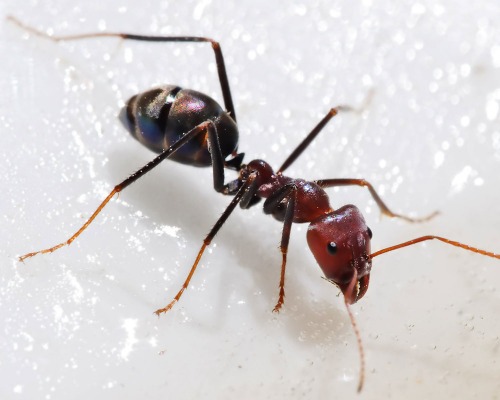
Pavement ants are light brown to black in color. Their appendages are smaller than the rest of the body, at about 3/16 of an inch long. The pavement ant also has parallel grooves on the head and thorax.
The pavement ant has two nodes between the abdomen in the thorax. They nest outdoors under rocks, under cracks in pavement and under slabs where they have easy access to moisture. Pavement ants require proteins for reproduction, but prefer sugars when available.
Argentine Ants
The Argentine ant is light to dark brown in color and about 1/8 of an inch long. Their thorax is uneven and has only one node. Argentine ants nest in a variety of places, both indoors and outdoors. Indoors they like to nest in wall voids and cracks in concrete. Outdoors you may find Argentine ants under stones and logs.
Argentine ant colonies can have hundreds of queens and are extremely difficult to control. Diets include a wide variety of food, particularly sweets.
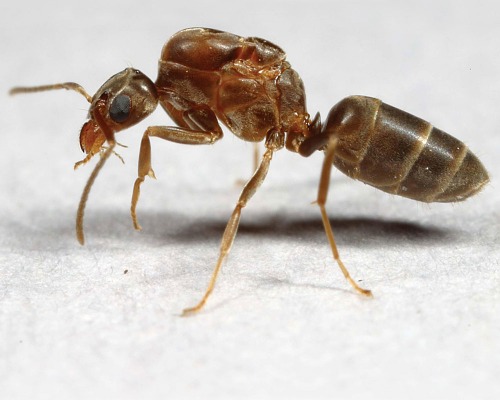
Pharaoh Ants
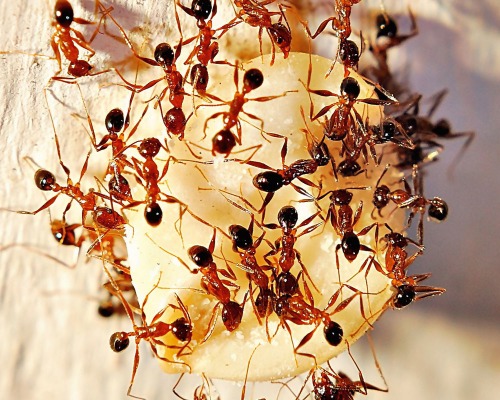
The Pharaoh ant is light yellow to red in color, with black markings on the abdomen. They size in at approximately 1/16 of an inch long. The Pharaoh ant has two nodes between the abdomen and thorax.
This ant species require a warm, protected area to nest. They can eat a wide variety of materials ranging from sugars, greasy foods, proteins and even dead insects.
Thief Ants
Thief ants range in color from yellow to brown, and are very small – between 1/32 to 1/16 of an inch in size. They have two nodes between their abdomen and thorax and a stinger that may extend off of the abdomen.
Thief ants nest under a variety of locations outside, and may even nest indoors within cracks and cupboards. They are known to feed on other young ant species and insects. The diet of a thief ant also includes grease and high protein foods, such as cheese.
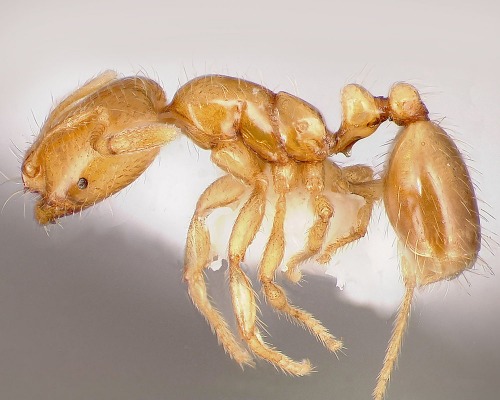
Fire Ants
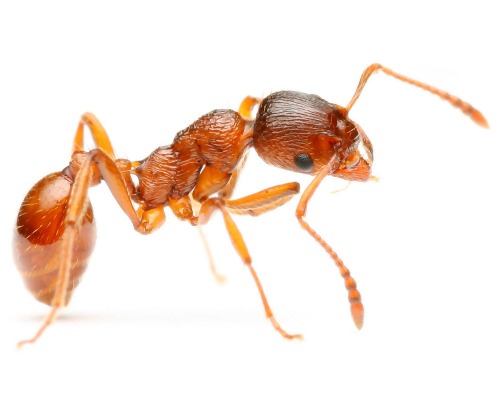
Fire ants are reddish in color and about 1/4 of an inch long. They nest in mounds of 1 to 2 feet in diameter, and about 1 1/2 feet high. Large fire ant colonies can have up to 250,000 workers at any given time.
Fire ants are very active and aggressive. They will sting any intruding animal repeatedly as a defense tactic. Fire ants eat a diet of meats, greases and sweet materials.
Little Black Ants
You guessed it. Little black ants are very dark in color and small, approximately 1/16 of an inch in size. These ants have two nodes and nest in mulch beds, soil in shaded areas, under rocks, logs and voids.
The diet of little black ants consists of honeydew, meats, greases and sweet foods when found indoors.
Learn even more about the different ant species in California and Humboldt County here.
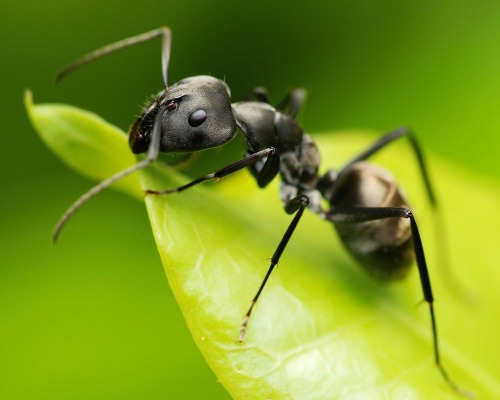
Family-Owned Ant Control Service
Ants can be found all over Arcata, Eureka and the other cities within Humboldt County. You’ll likely find carpenter ants, odorous ants, pavement ants, argentine ants, pharaoh ants, thief ants and little black ants near your home and on your property. 707 Pest Solutions offers affordable ant control service for the different ant species found in Humboldt. We are a local, family owned and operated pest control company that prides ourselves on our integrity.
